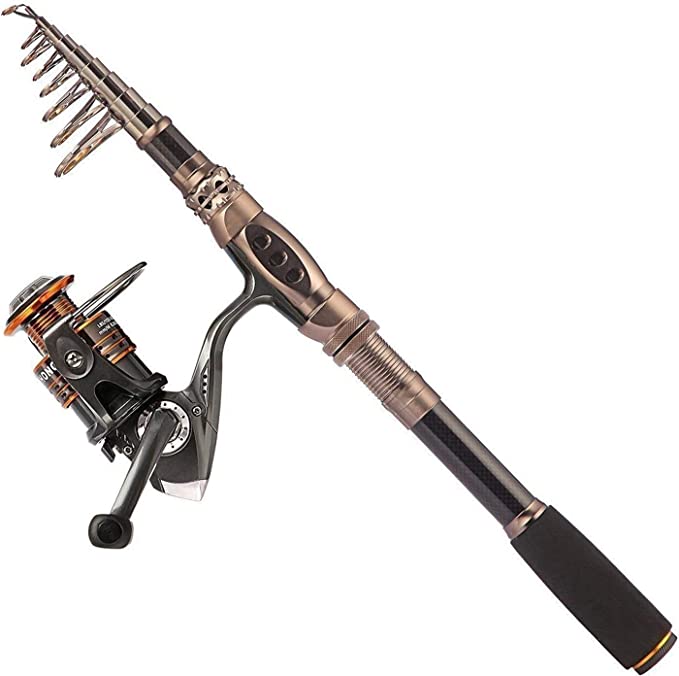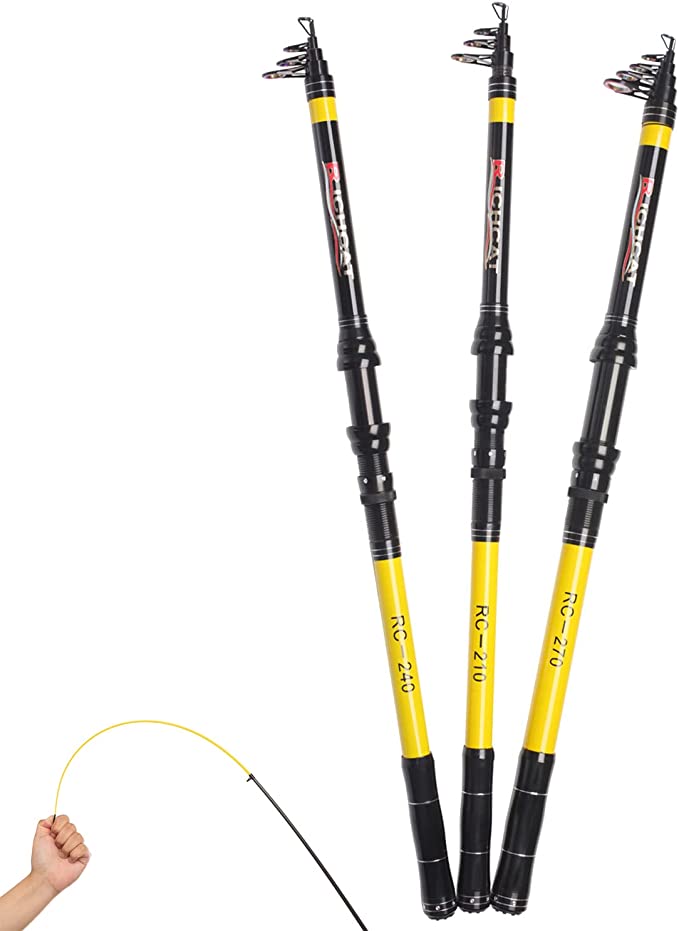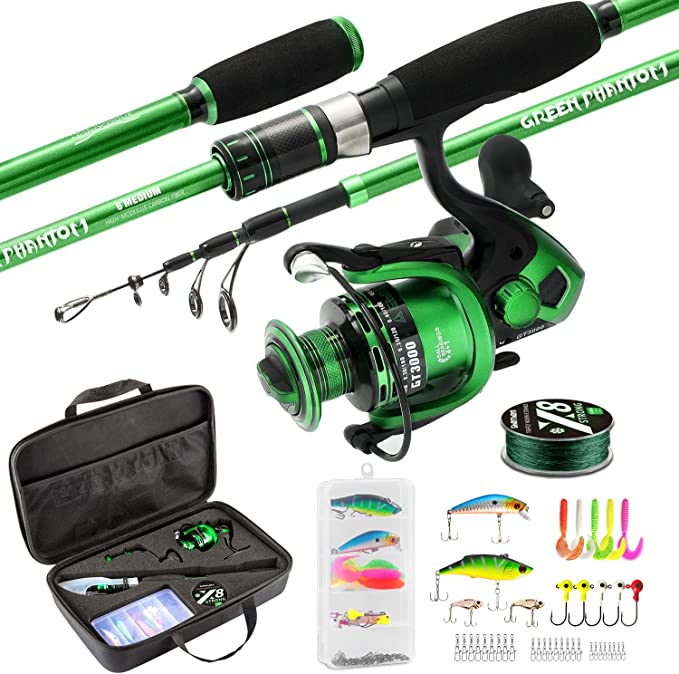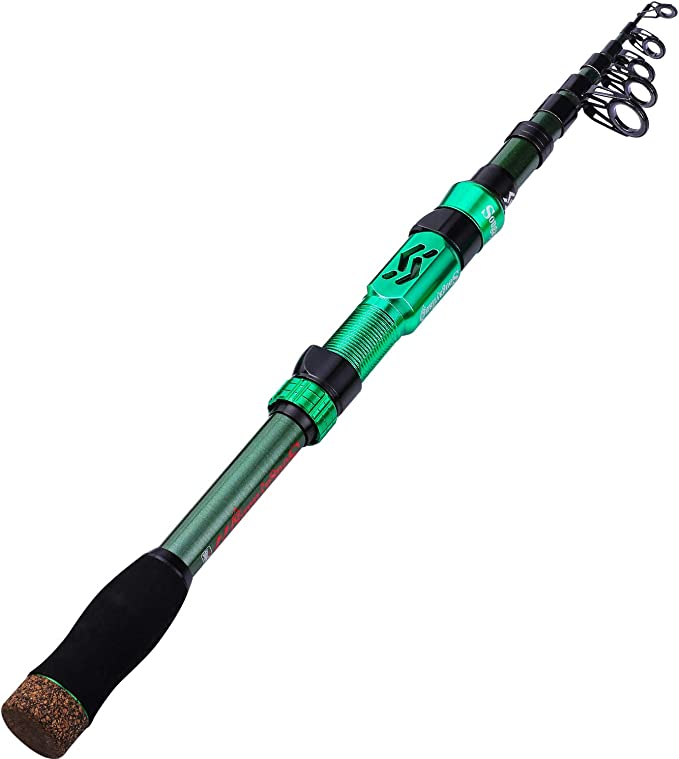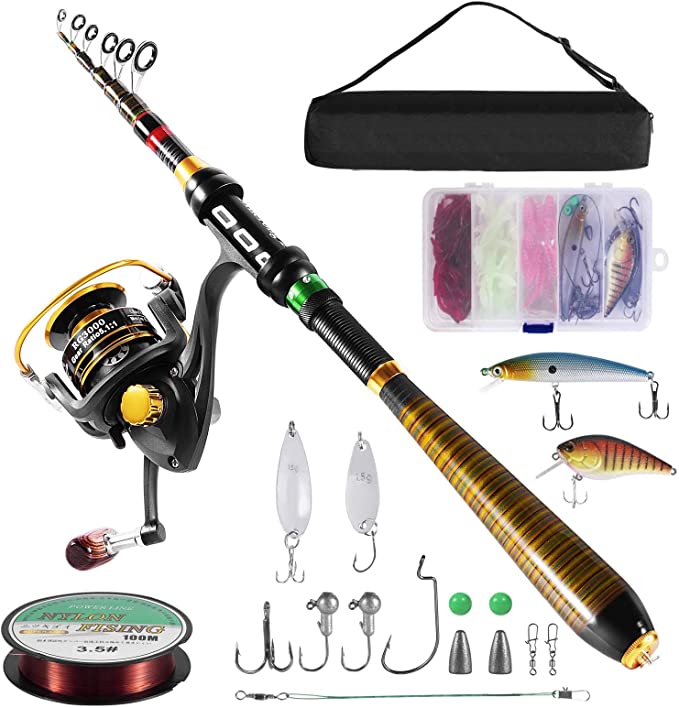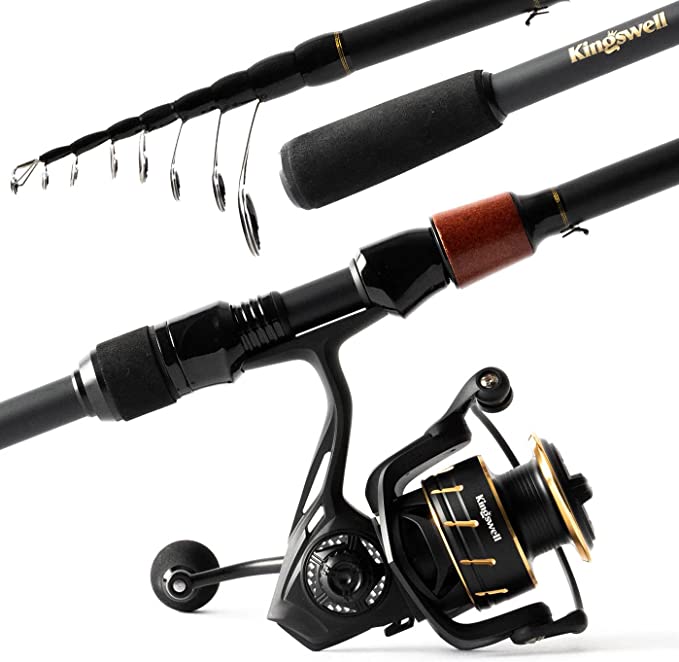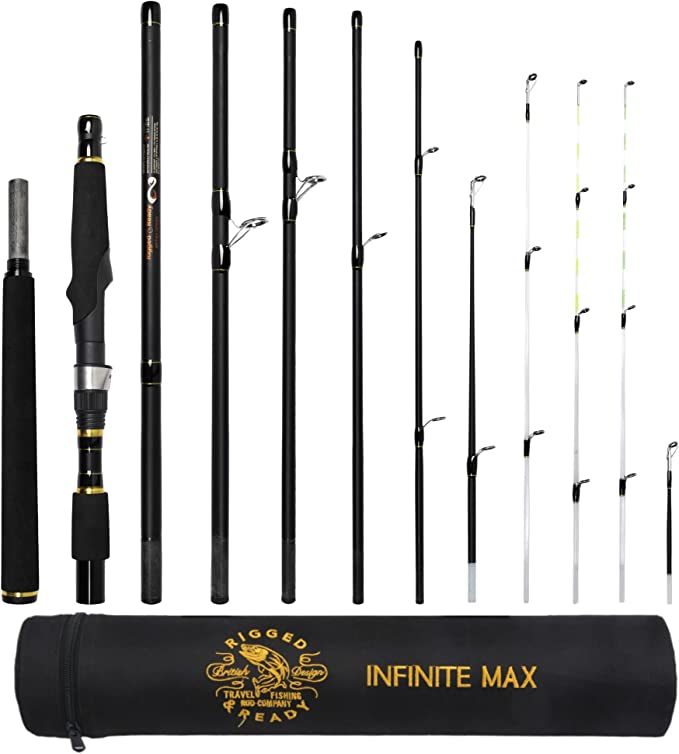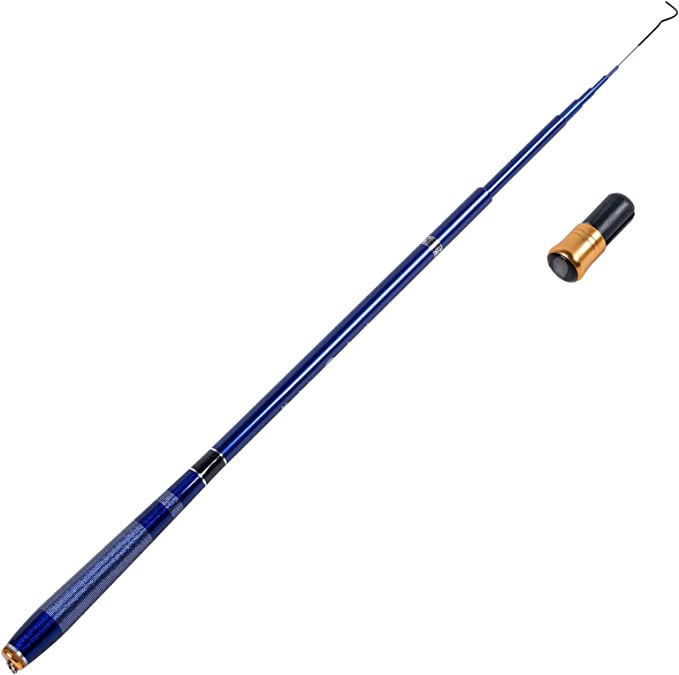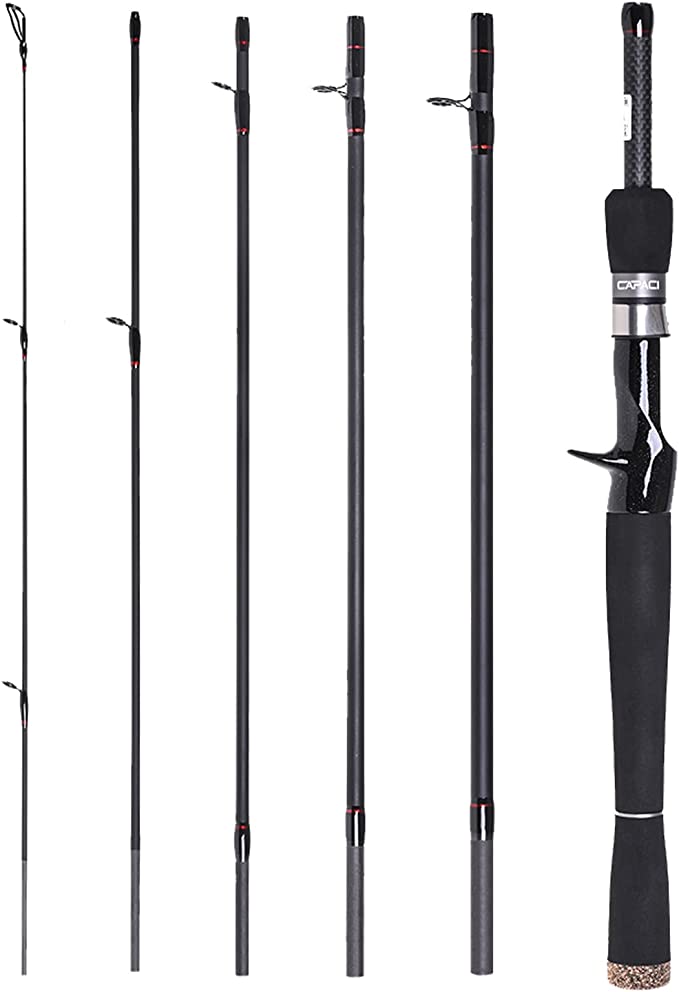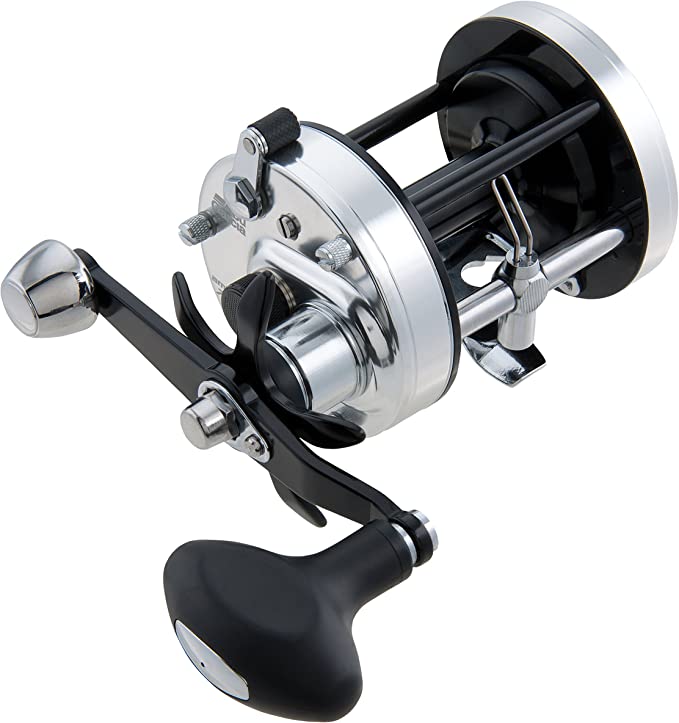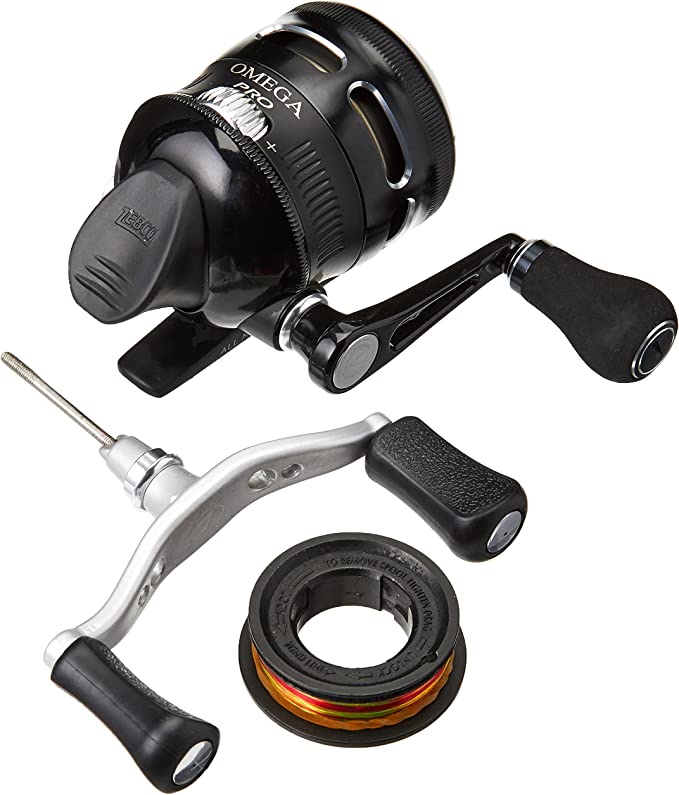The Evolution in Your Backpack: How Science Perfected the Telescopic Fishing Rod
Update on Aug. 1, 2025, 7 a.m.
There’s a universal moment for every angler who loves the wild: staring at a map, tracing a finger along a thin blue line that snakes through a remote mountain range or pools in a forgotten backcountry lake. The spirit yearns to go, to cast a line where few have before. Then comes the pragmatic hesitation, the mental image of a cumbersome, 7-foot rod tube snagging on every branch or refusing to fit in a packed vehicle. For decades, a choice had to be made: adventure or performance? Today, that choice is obsolete. The modern telescopic fishing rod, exemplified by designs like the Akataka Journey Special, is not a compromise; it is the culmination of a century of scientific evolution, cleverly packed into a form that begs for adventure.
To truly appreciate the engineering marvel of a modern travel rod, we must first pay respect to the ghosts of rods past. The story begins with the patient craftsmanship of split cane bamboo rods, where artisans in the 19th century like Hiram Leonard discovered how to laminate sections of Tonkin cane into hexagonal blanks of surprising strength and natural, soulful flex. For their time, they were the pinnacle of performance. Then, in the wake of World War II, a revolution: fiberglass. This technology, born from military applications, created rods that were incredibly durable and accessible, putting decent fishing gear into the hands of the masses. Yet, fiberglass was heavy, and its slower, more parabolic action lacked the sharp sensitivity of its successors. The next great leap came from the aerospace industry in the 1970s. Carbon fiber, with its phenomenal stiffness-to-weight ratio, allowed for the creation of rods that were feather-light, incredibly strong, and transmitted the subtlest vibrations with crystalline clarity. It is from this lineage that the modern rod is born.

The Engineering Challenge: Taming the Collapse
The very concept of a telescopic rod—a full-length pole that can retract into itself—is an elegant solution to the portability problem. However, early iterations were often plagued with issues that soured the perception of many anglers. The joints, or ferrules, between the sliding sections were notorious weak points. Under the strain of a cast or a fighting fish, they could create flat spots in the rod’s arc, deaden the feel, or worse, fail entirely due to stress concentration.
Perfecting the telescopic design was an exercise in sophisticated engineering. Modern manufacturing achieves this through incredible precision. The tapered sections are designed with minute tolerances and calculated overlaps, ensuring that when fully extended, they lock into a seamless, continuous taper. The goal is to make the rod behave and feel not like a series of tubes, but like a single, cohesive blank, faithfully transferring energy and vibration from tip to hand without interruption.

Anatomy of a Modern Nomad: Deconstructing the Science
Looking closely at a contemporary travel rod reveals a convergence of materials science and applied physics, where every component is optimized for its specific task.
The Spine: Carbon Fiber’s Core Strength
The backbone of any high-performance rod is its blank. In a rod like the Akataka, this is a lightweight, powerful tube of carbon fiber composite. When the description mentions a technology like an “X-weave,” it’s alluding to a critical engineering principle. The carbon fiber fabric isn’t simply rolled into a tube; it’s often laid up in opposing helical patterns. This cross-weaving creates immense hoop strength, preventing the rod from ovalizing or collapsing under a heavy load, such as when fighting a fish at an awkward angle. Furthermore, this rigid, interwoven structure acts as a highly efficient conduit for vibrations. Based on the principle of mechanical resonance, the stiff material transmits the high-frequency vibrations of a subtle bite far better than a softer, more flexible material, giving the angler superior sensitivity.
The Nervous System: Frictionless Flow and Flawless Signals
If the blank is the skeleton, the line and guides are the nervous system. The choice of materials here is just as critical. The guide frames are typically made of stainless steel, but their real magic lies in the chemistry of passivation. The chromium within the steel alloy forms a microscopic, inert layer of chromium oxide that protects the underlying metal from rust and corrosion, an essential trait for a tool exposed to water, salt, and grime.
Nestled within these frames are the slick, hard rings, often made of an advanced ceramic like Zirconium Oxide. This material is a testament to engineering at the molecular level. It is significantly harder and smoother than the metal guides of old, offering two key benefits. First, its incredibly low coefficient of friction allows the line to shoot through with minimal energy loss, resulting in longer, more effortless casts. Second, it is an excellent thermal conductor. During a long, screaming run from a powerful fish, friction can generate intense heat that can damage and weaken the line. A Zirconium guide dissipates this heat almost instantly, protecting the critical link between you and your catch.
The Reflexes: The Physics of the Cast
A rod’s performance is ultimately defined by how it behaves under load, a characteristic governed by its “action.” A rod with a fast action flexes primarily in its upper third. The physics behind this design is a beautiful application of Hooke’s Law, which governs elastic potential energy. When you draw the rod back to cast, you are loading it with energy, much like drawing a bow. A fast-action rod concentrates this stored energy into a smaller, stiffer section of the tip. The subsequent forward motion causes the tip to snap forward with a whip-like speed, releasing the stored energy rapidly and efficiently. This generates higher line speed for greater distance and accuracy, and provides the instant power needed for a solid hookset when a fish strikes.
A Legacy of Innovation in Hand
The next time you stand by that remote stream, extending the sections of a modern telescopic rod, take a moment to appreciate what you hold. It is not a flimsy compromise born of convenience. It is a direct descendant of split cane artistry, a beneficiary of the fiberglass revolution, and a refined product of the carbon fiber age. It is a carefully balanced system where the principles of composite engineering, ceramic science, and classical mechanics converge. This small, portable tool is a testament to a century of innovation, a legacy that has finally untethered the angler, granting the freedom to chase those thin blue lines wherever they may lead.
